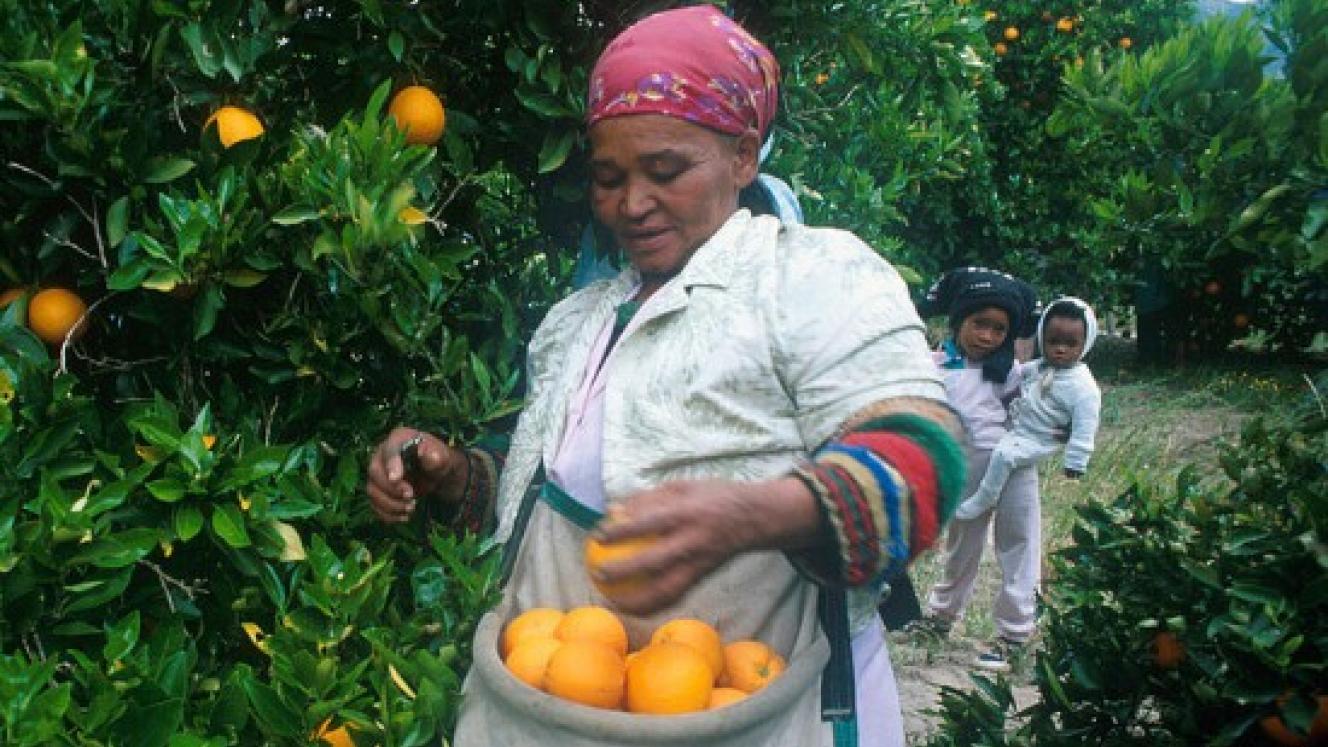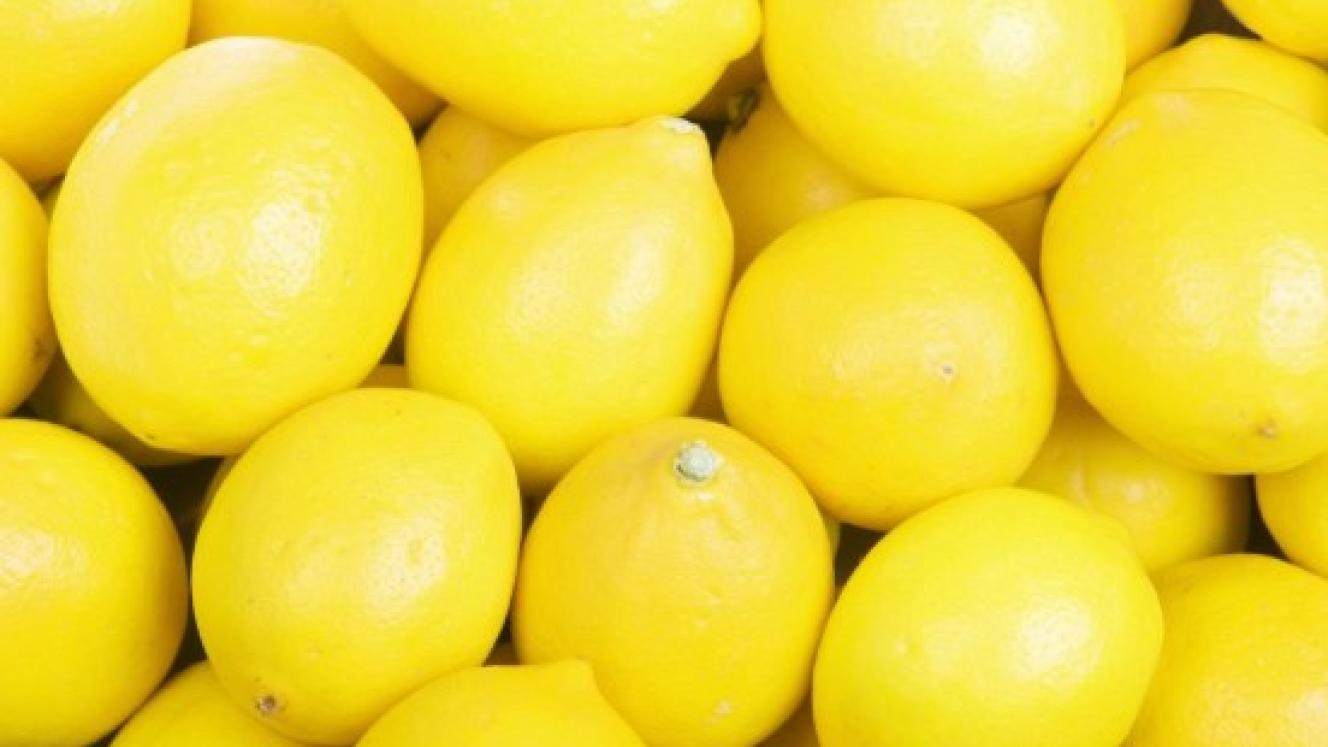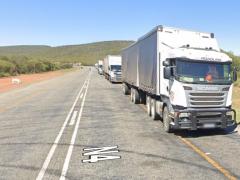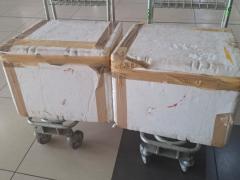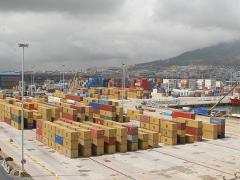The clock is ticking for the micro economy of Citrusdal in the Western Cape where the majority of citrus is produced, packed and shipped, specifically according to direct-access market dynamics for the United States.
But that position is now in danger thanks to President Donald Trump’s announcement on Monday that 13 countries have until August 1 “to make a deal” or face the consequences of US tariffs.
For South Africa that could mean duties of 30% levied on exports such as fruit from about 200 farms spread throughout the wider Citrusdal area, South Africa’s third-biggest producer of navels and valencias.
President Cyril Ramaphosa has indicated that South Africa will do whatever it can to avoid a worst-case scenario in August, and agriculture minister John Steenhuisen has recommended that farmers look at alternative markets.
But for Citirusdal that’s easier said than done.
Situated on the banks of the Olifants River, the small community is the only citrus-growing area in South Africa with direct access to the US market, supported by phytosanitary cold chain efficiencies tailored for US clients.
According to Gerrit van der Merwe, who chairs the Citrus Growers’ Association (CGA) of Southern Africa, and is managing director of ALG Estates, one of the largest fruit farms in Citrusdal, the farming community ships its best fruit to the US thanks to direct-market access benefits it has had under the African Growth and Opportunity Act (Agoa).
Steenhuisen and many others from the country’s export sector have warned that if Trump’s tariff threat isn’t averted, Agoa will be dead before its terms are up for renegotiation in September.
Since Trump first announced what his administration likes to call “reciprocal tariffs” on 2 April, meant to restore “trade imbalances” since proven to be inaccurately calculated, South Africa has been on a 10% baseline tariff, thanks to a 90-day pause that ended on 9 July.
Van der Merwe said, although exporters could absorb the current tariff, an increase up to 30% could be a death knell for Citrusdal.
Thanks to Agoa’s preferential access, the community has pivoted itself as principal supplier for America’s counter-seasonal citrus requirements, providing most of the fruit going to the US.
Since 2017, South Africa’s entire citrus sector has more than doubled, mainly due to the US outstripping demand from other markets.
Although the EU and China remain South Africa’s biggest import destination of citrus, US demand dominates growth figures for South African citrus, bringing in $132 million in revenue since 2022, and counting.
Van der Merwe has said that the supply chain efficiencies South Africa has cultivated over more than two decades of Agoa benefits, can’t easily be shifted according to alternative markets.
CGA chief executive Dr Boitshoko Ntshabele is more blunt about it.
For a community that produced almost all the citrus meant for the US, totalling about 6% of South Africa’s entire output, August’s tariffs would devastate Citrusdal, he said.
He stressed that the tariffs would be immediately applicable, coming as they do in the middle of the current export season which runs until October.
Cumulative job losses linked to US tariffs could number 35 000 across the entire sector, Van der Merwe has warned.
It would gut the local labour market, he has said.
